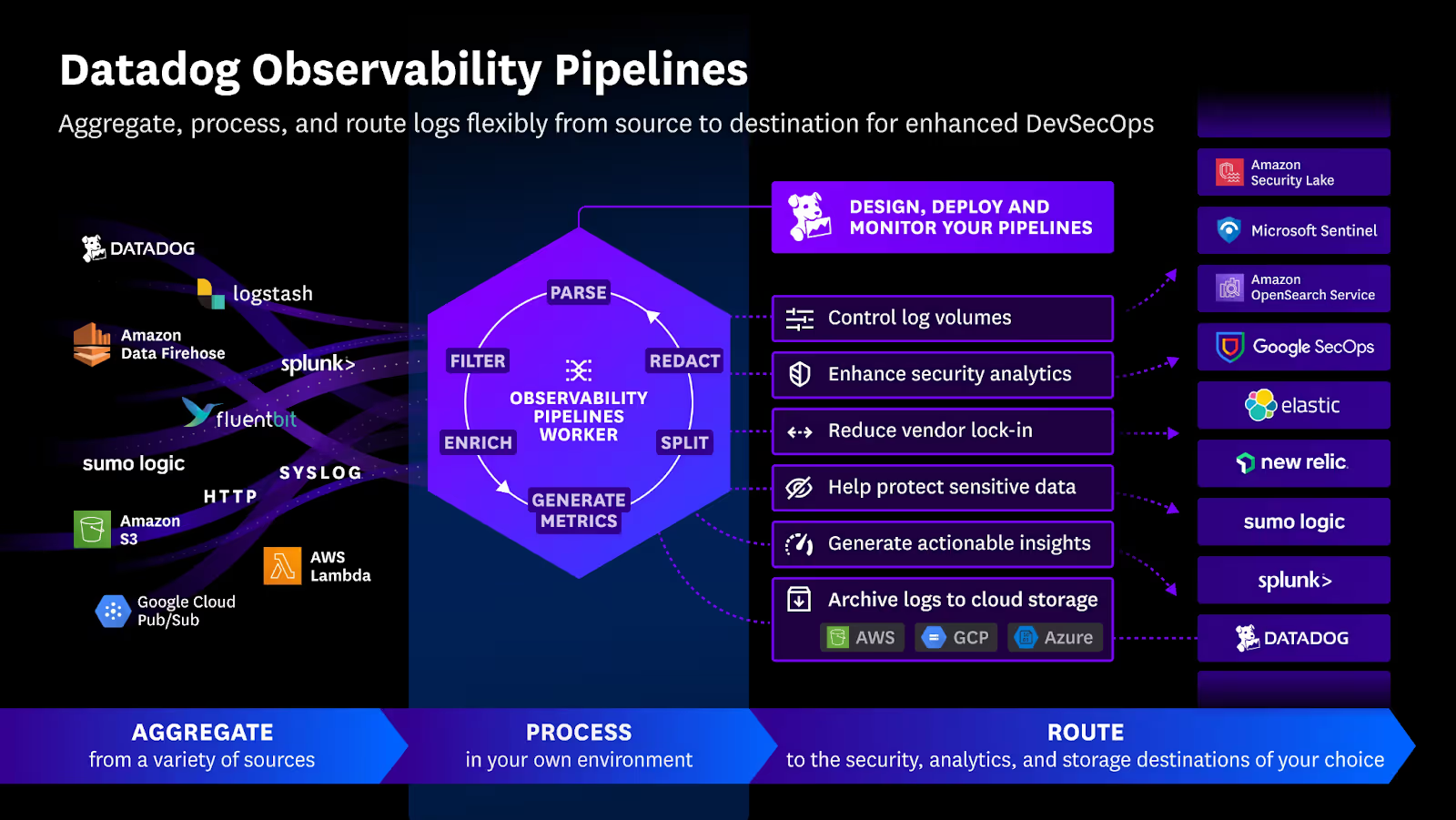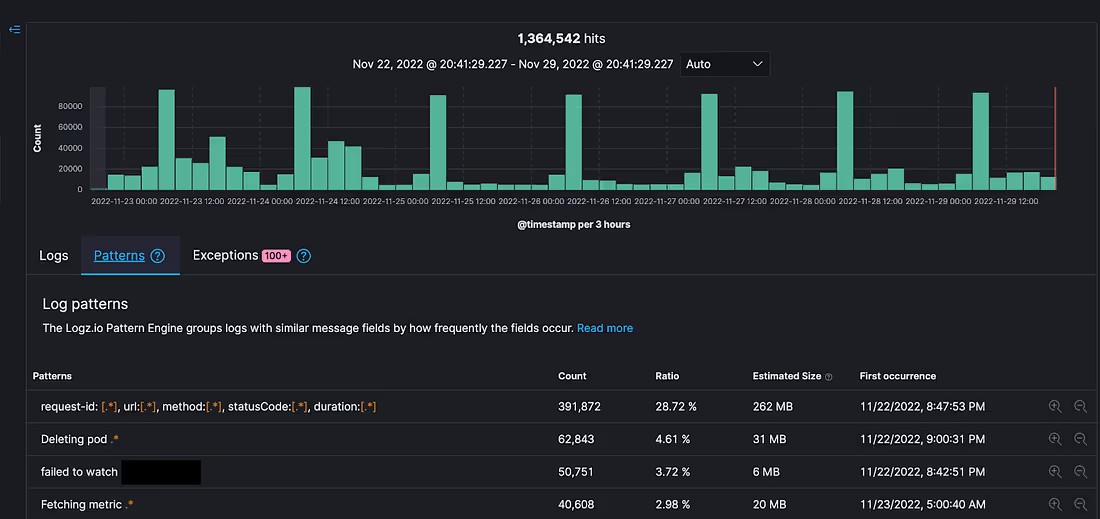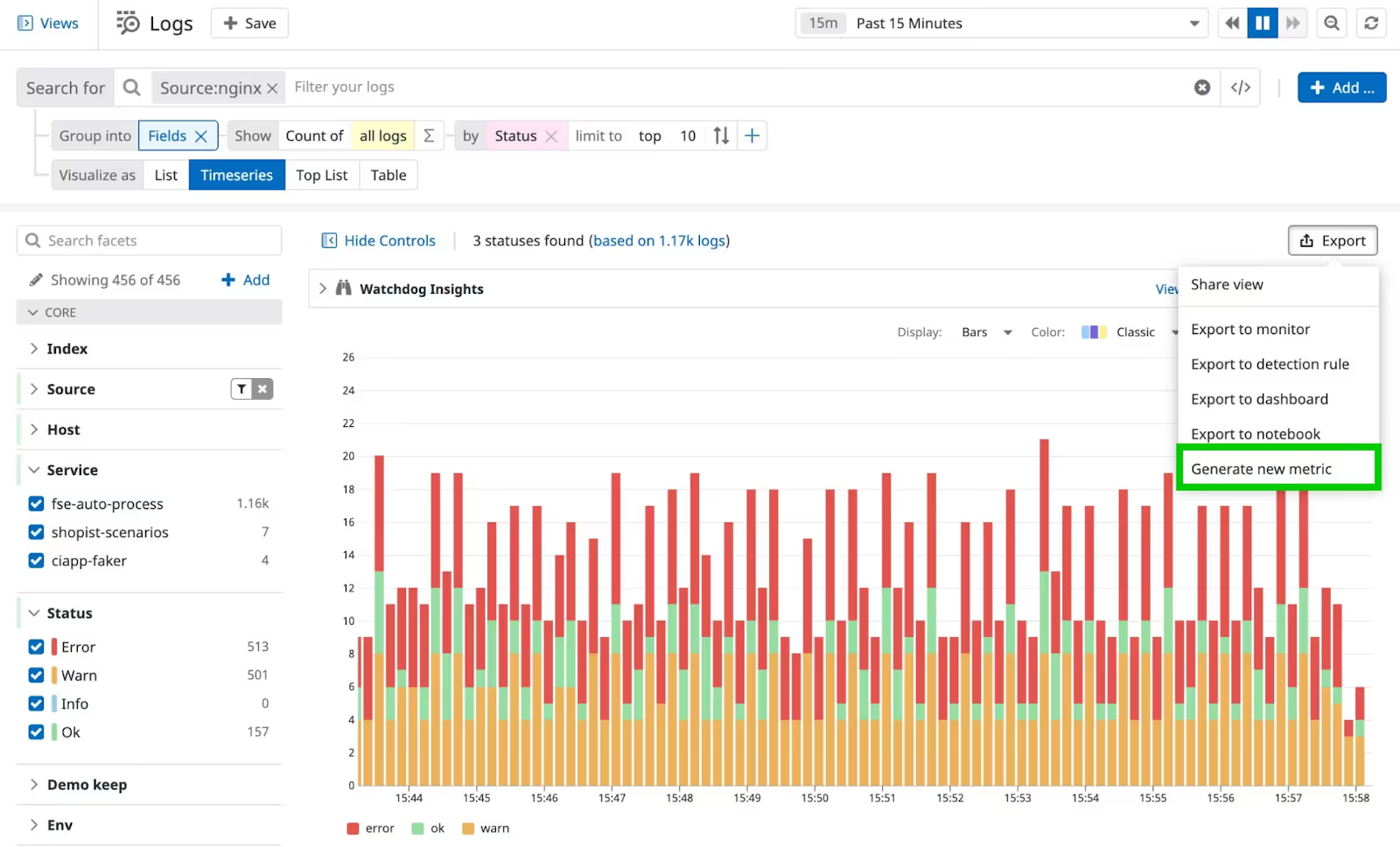In modern distributed systems, logging is a cornerstone of observability, enabling engineers and SREs to monitor system behavior, debug issues, and ensure reliability.
However, the exponential growth of data from logs—especially in microservices and cloud-native architectures—has made logging an increasingly expensive endeavor. Inefficient log management often leads to ballooning costs, overwhelmed storage, and difficulty extracting actionable insights.
Logs are critical, but not all logs hold equal value. Capturing every debug message or verbose output without discrimination results in cluttered dashboards and unnecessary expenses. The challenge lies in striking a balance: retaining essential logs for observability while reducing unnecessary overhead.
This blog unfolds some of th most crucial actionable strategies to optimize logging costs. From implementing smarter filtering and indexing practices to leveraging cost-efficient storage solutions, these techniques will help you manage your logging setup effectively without compromising on performance or system visibility.
Whether you’re managing Kubernetes logs, scaling distributed systems, or refining your DevOps practices, these strategies are designed to address the unique challenges faced by SREs and engineers. Let’s get started with factors influencing logging costs.
Understanding what drives logging costs is the first step toward optimizing them. Here are the key factors that contribute to logging expenses and why they matter:
Log volume means the total amount of data generated by logs, including application events, infrastructure metrics, and debug messages.
Larger log volumes increase ingestion, processing, and storage expenses. Excessive verbosity, such as debug-level logs in production, can quickly inflate costs.
It means the duration logs are stored for querying and analysis.
It means the process of structuring and organizing logs for quick search and retrieval.
It means logs with numerous unique label combinations, such as user IDs, IPs, or timestamps.
It means that the type of storage used for logs ranges from high-speed, high-cost hot storage to slower, cost-effective cold storage.
By identifying and optimizing these cost drivers, you can significantly reduce logging expenses while maintaining an effective observability framework. Addressing log volume, retention, indexing, and storage tiers ensures you’re not paying for redundant or unnecessary data, helping your team focus on meaningful insights.
In the next section, we’ll explore actionable strategies to optimize these factors and manage logging costs more effectively.
Reducing logging costs requires a combination of smarter log management, efficient routing, and leveraging tools to minimize unnecessary expenses.
Below are actionable strategies to optimize your logging setup without compromising on visibility:
Observability pipelines act as an intermediary layer to preprocess and filter logs before sending them to storage or analysis tools.

Example: Datadog Observability Pipelines
Read this article, “Understanding Observability Pipelines - A Practical Guide.” To know more about observability pipelines.

Managing log volume effectively is a critical strategy for reducing logging costs. Not all logs are equally important, and splitting them based on their level (e.g., debug, info, warn, error) and use case allows you to focus on high-priority logs while minimizing costs for less critical ones.
Logs are typically categorized into levels, each serving a distinct purpose:
By categorizing logs at their source, you can apply different handling and storage strategies to optimize costs.
Not all logs need the same level of storage or search priority. Use log routing to send logs to destinations based on their importance and frequency of use:
Logs accessed frequently should be stored in high-performance solutions, while infrequently accessed logs can be archived:
By splitting logs by level and directing them to appropriate destinations, you can optimize your logging infrastructure while maintaining essential system visibility and functionality.
Read more about log optimization with this article, “Log Cost Optimization”.

Image Source: Example of creating metrics from an analytics search by selecting the “Generate new metric” option from the Export menu in the Datadog.
Transforming large volumes of repetitive logs into custom metrics is an effective way to reduce storage costs and simplify observability.
Logs that lack unique identifiers or add little value individually can often be aggregated into meaningful metrics, reducing the need to store every single log entry.

Benefits of Custom Metrics
Best Practices for Implementing Custom Metrics
By focusing on aggregated data instead of storing redundant log lines, you can significantly optimize your logging setup for both performance and cost efficiency.Also, read more about Prometheus here!Want to know more about cardinality? Read this article, “How to manage high cardinality in metrics”.

One of the most proactive strategies to reduce logging costs is addressing excessive log generation at the source.
By integrating GitHub Actions into your CI/CD pipeline, you can automatically review if the code is triggering any high-volume logs before deploying it to production.
GitHub Actions can be configured to:
By implementing GitHub Actions to review high-volume logs, you can enforce better logging practices and significantly reduce unnecessary logging costs before they escalate in production.
Want to know more about GitHub actions for log review? Click here!
Effective log management is key to maintaining robust observability while keeping costs under control. By implementing the strategies mentioned above, you can achieve a cost-efficient logging setup tailored to your needs.
These approaches ensure that your teams focus on actionable insights without being overwhelmed by unnecessary data or expenses.
However, managing logs efficiently can still be complex and time-consuming. This is where Doctor Droid Playbooks can help. Doctor Droid provides ready-to-use automation playbooks designed to reduce noise, optimize log retention, and streamline observability workflows.
With Doctor Droid, you can:
Start transforming your log management strategy with Doctor Droid Playbooks.
Learn more at Doctor Droid Playbooks and take the next step toward smarter, more cost-effective observability.
Try Doctor Droid — your AI SRE that auto-triages alerts, debugs issues, and finds the root cause for you.
(Perfect for DevOps & SREs)

Install our free slack app for AI investigation that reduce alert noise - ship with fewer 2 AM pings
Everything you need to know about Doctor Droid
Logging costs are primarily influenced by log volume, retention periods, storage type (hot vs. cold storage), data ingestion rates, and processing requirements. Additional factors include indexing overhead, network transfer costs between regions, and vendor-specific pricing models.
You can reduce log volume by implementing log sampling, setting appropriate log levels (ERROR, WARN, INFO, DEBUG), using structured logging formats, filtering out non-essential logs, and implementing context-aware logging that only captures detailed information when specific conditions occur.
Log sampling is the practice of capturing only a representative portion of logs rather than every single event. It's particularly useful for high-volume, repetitive logs that aren't critical for troubleshooting. For example, you might log only 5-10% of routine user interactions while maintaining 100% logging for errors and exceptions.
Implement tiered retention policies where recent logs (1-7 days) are kept in hot storage for immediate access, while older logs are moved to cold storage or archived with longer retention periods. Critical security and compliance logs should have longer retention periods, while debug and informational logs can be retained for shorter periods.
Structured logging (using formats like JSON) makes logs more machine-readable, which improves search efficiency, reduces storage needs, and enables better filtering and processing. It also allows for more precise querying, making it easier to find relevant information without scanning through excessive log data.
Conduct a log audit to identify log sources and their value. Focus on keeping logs that help with troubleshooting critical issues, security monitoring, and compliance requirements. Remove duplicate logs, verbose debug logs in production, and logs from stable systems that rarely need debugging.
Log compression can significantly reduce storage costs by decreasing the size of log files, often by 80-90%. Use compression techniques both in transit and at rest, and consider using specialized log compression tools designed for time-series data and common log patterns.
Automation can help by dynamically adjusting log levels based on system conditions, automatically archiving or deleting logs based on retention policies, detecting and alerting on logging anomalies, and implementing intelligent sampling that increases logging detail only when issues are detected.
Dr. Droid can be self-hosted or run in our secure cloud setup. We are very conscious of the security aspects of the platform. Read more about security & privacy in our platform here.
Dr. Droid can be self-hosted or run in our secure cloud setup. We are very conscious of the security aspects of the platform. Read more about security & privacy in our platform here.


